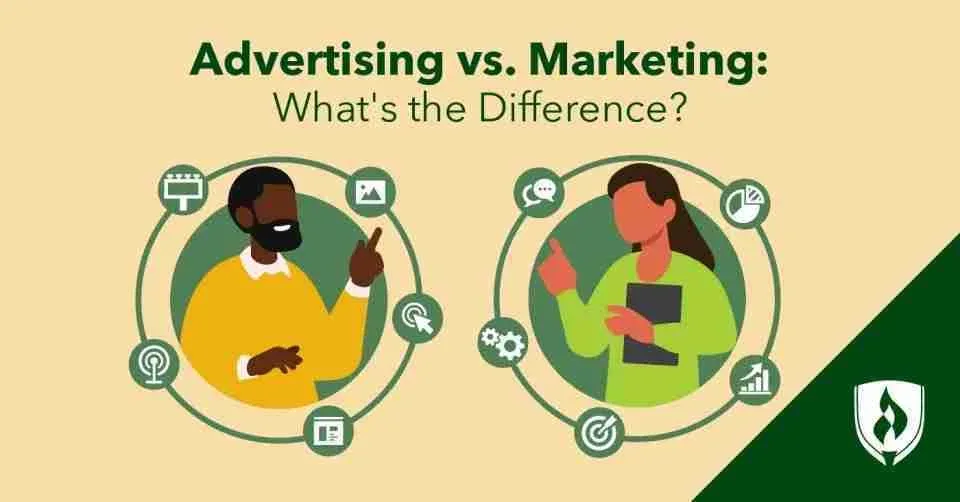Understanding the Distinction: Marketing vs. Advertising
In the world of business, the terms “marketing” and “advertising” are often used interchangeably, leading to confusion among many individuals. However, it is crucial to understand that marketing and advertising are not the same. While advertising plays a significant role in marketing, it is just one piece of the larger puzzle. To truly grasp the essence of marketing, we must delve into its multifaceted nature and explore its various components.
The Role of Advertising in Marketing
Advertising serves as a vital component of a comprehensive marketing strategy, albeit the most expensive one. It involves communicating a message about a company, product, or service to the public. Behind the scenes, advertising entails the meticulous process of formulating strategies targeted at specific audiences.
The strategic planning phase of advertising is crucial, encompassing aspects such as ad placement, media selection, timing, and frequency. Advertisements can be disseminated through various mediums, including television, print media, internet platforms, emails, radio, magazines, mobile messaging, flyers, and billboards. Although television remains a popular choice, internet advertising is gaining momentum.
To simplify the distinction between advertising and marketing, envision marketing as a cake, and advertising as just one slice of that cake. Other slices of the marketing cake comprise market research, product design, media planning, public relations, product pricing, customer satisfaction, customer support, sales, and numerous more. Each of these components works independently yet collectively, striving towards the ultimate goal: to sell the product and establish the company’s reputation in the market.
The Marathon Process of Marketing
Marketing is a marathon process encompassing various tasks that often involve hours, sometimes even days, of research. The research phase of marketing is time-consuming, as it intricately analyzes consumer behavior towards a product. Additionally, designing the product and devising effective advertising strategies demand meticulous attention and effort. On the other hand, executing advertisements and sales are relatively quicker processes.
Marketing can be viewed as a bridge between consumers and the company. Unfortunately, many businesses mistakenly conflate advertising with marketing. They strive to emulate industry giants like Coca-Cola and Pepsi in their advertising efforts, often disregarding the extensive work that underpins these campaigns. For instance, business owners might overly fixate on their company’s logo, believing it alone will guarantee sales. However, a logo’s effectiveness stems from the company’s reputation and the emotions it evokes, showcasing its values.
Moreover, it is vital to recognize that large corporations can afford to allocate substantial budgets to advertising. Start-ups and smaller businesses, on the other hand, should focus on directing their resources towards effectively communicating with consumers, addressing their expectations, and building a solid reputation. Investing in consumer education is beneficial, as it showcases expertise and instills confidence in potential customers. As businesses grow and establish themselves, they can consider more extravagant branding strategies.
Unleashing the Power of Smart Marketing Techniques
In the realm of marketing, taking an aggressive approach rather than a passive one tends to yield better results. Smart marketers aim to provoke readers, encouraging them to take action instead of merely providing information about the product. By adopting aggressive marketing tactics, such as collecting names, addresses, and contact numbers of genuinely interested individuals, businesses can make significant strides in their marketing campaigns. In this way, advertising adds the finishing touch to the hard work carried out by marketing professionals, bolstering the process of selling a product.
In conclusion, it is crucial to understand the distinction between marketing and advertising. While advertising is a crucial component of marketing, it represents just a fraction of the entire marketing process. Marketing encompasses a vast range of tasks, from market research to product design, customer support to sales. By recognizing and embracing the multifaceted nature of marketing, businesses can develop holistic strategies that lead to sustainable success.

